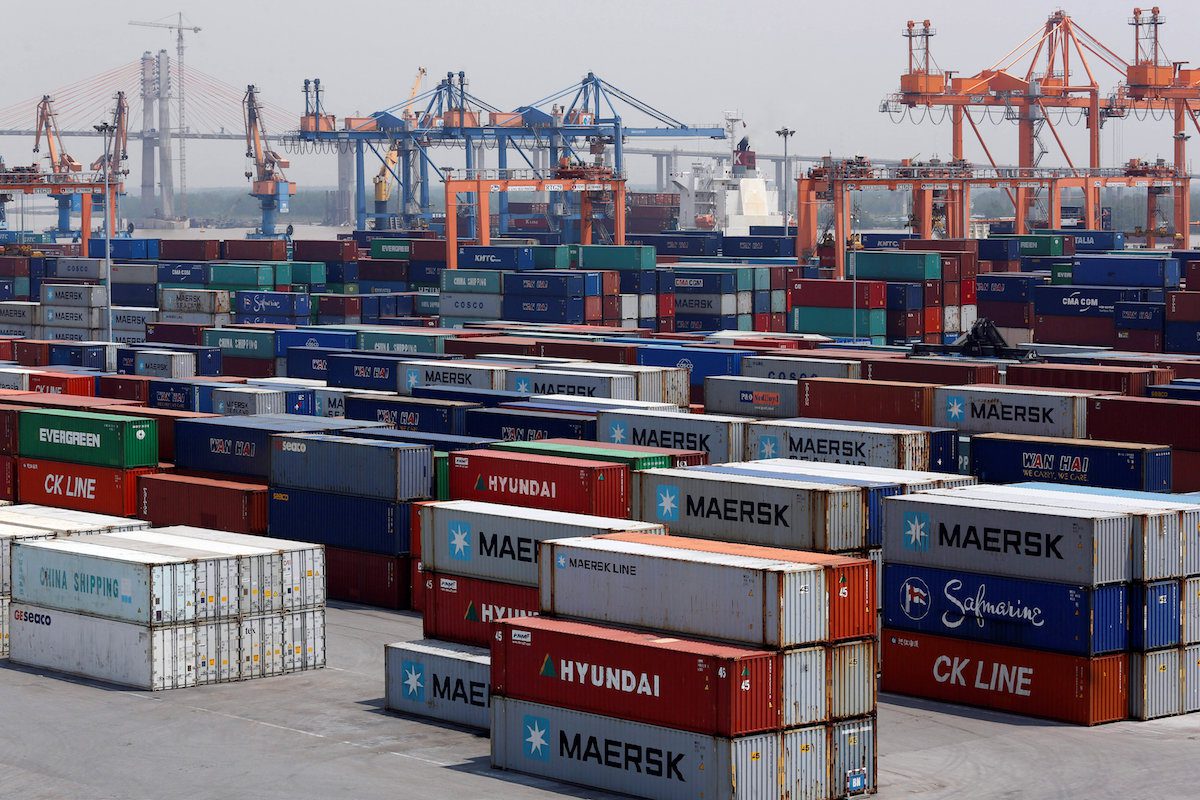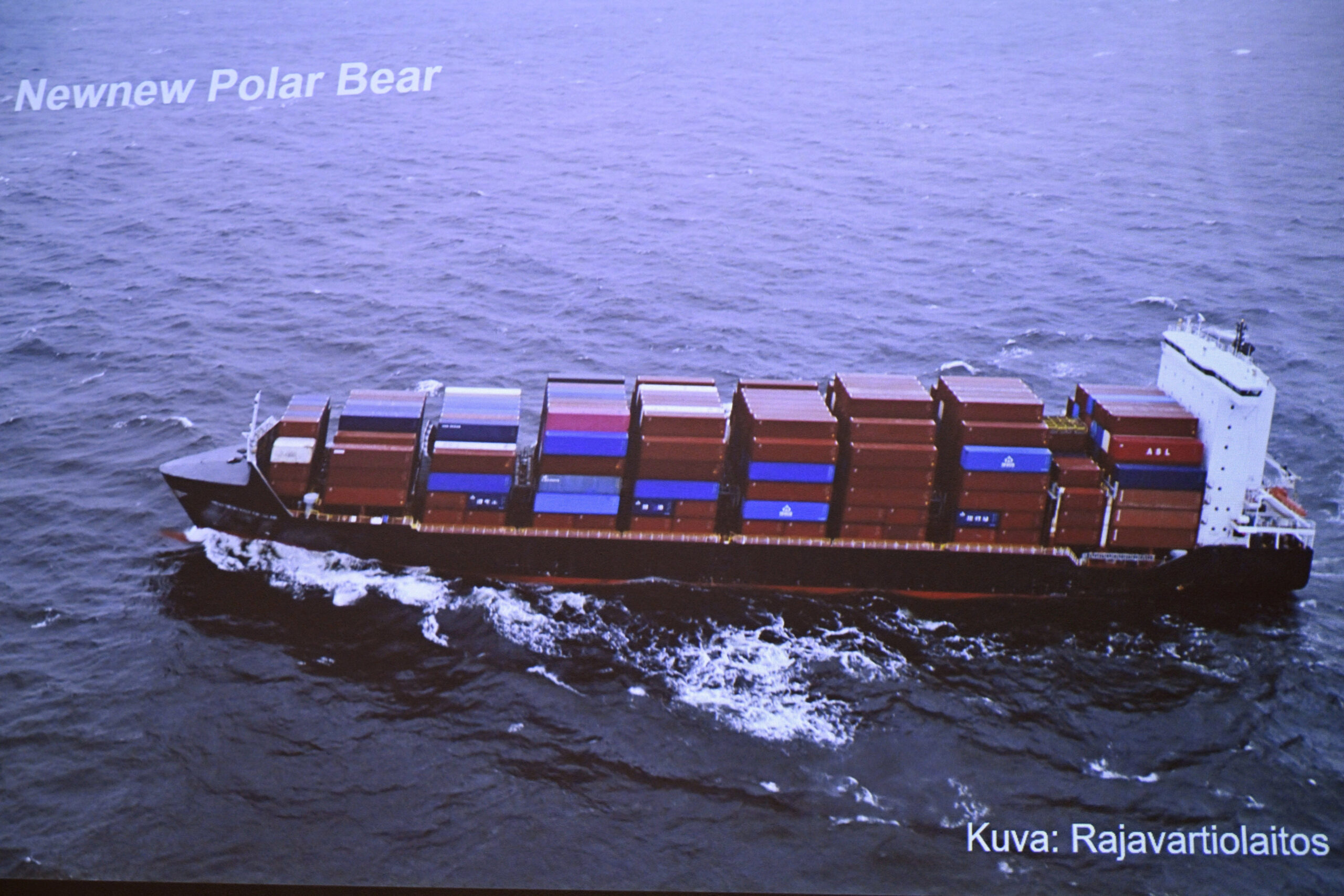Photo: Zheltikov Dmitry / Shutterstock
 By Roslan Khasawneh SINGAPORE, Jan 3 (Reuters) – High-sulphur fuel oil (HSFO) volumes traded in S&P Global Platts’ Singapore price assessment process were nearly halved in 2018 from the previous year, signs of a market shift ahead of tougher global marine fuel rules coming in 2020.
By Roslan Khasawneh SINGAPORE, Jan 3 (Reuters) – High-sulphur fuel oil (HSFO) volumes traded in S&P Global Platts’ Singapore price assessment process were nearly halved in 2018 from the previous year, signs of a market shift ahead of tougher global marine fuel rules coming in 2020.
New rules from 2020 will ban ships from using fuel oil with a sulphur content above 0.5 percent, compared with 3.5 percent now, unless they are equipped with exhaust “scrubbers” to clean up sulphur emissions.
“International Maritime Organization (IMO) 2020 is clearly having a significant impact on the bunker fuel market,” said Arnaud Humblot, communications manager for S&P Global Platts.
A total of 11.786 million tonnes of HSFO was traded in Singapore in 2018 over Platts’ market-on-close (MOC) price assessment process, often called the “window”, down 46 percent from 21.935 million tonnes in 2017 and 34 percent from 17.834 million tonnes in 2016, according to data provided by Platts.
Uncertainty in the fuel oil trading community ahead of IMO 2020 has led to some fuel oil trading desks at major oil firms consolidating or dissolving, or even outright exiting the market, five Singapore-based trade sources said.
“All this proves is that the number of participants has dramatically reduced and that the majority of traders have scaled back activities on the heavier side of the barrel,” Matt Stanley, an oil products broker at Star Fuels in Dubai.
LSFO PRICING
Singapore is the world’s top fuel oil trading hub and serves as Asia’s pricing centre for refined oil products, including gasoline, diesel and marine fuels.
The city-state is also home to the world’s largest bunkering or ship refuelling port. Until now, that has meant primarily the sale of HSFO for ships’ bunkers.
But as the use of HSFO in marine fuels has to be displaced by other IMO-compliant fuels come 2020, oil price reporting agencies are working to introduce new price benchmarks for low-sulphur fuel oil (LSFO) bunker fuels ahead of time.
Starting in October, Platts price reporting rival Argus launched several new assessments for low-sulphur marine fuels in bunkering hubs in Singapore, Europe and the United States.
And Platts on Wednesday kicked off its own physical trade for “Marine Fuel 0.5 percent” fuel oil on the MOC.
While trade liquidity for the nascent Platts LSFO product was sparse, it marked an important step towards price discovery for the fuel.
“The fact that market participants bid and offered marine fuel 0.5 percent on the launch day of the new assessments is an indication of the market’s eagerness to adapt to the IMO 2020 rules,” said Vera Blei, global director of oil market reporting at S&P Global Platts in a statement.
(Reporting by Roslan Khasawneh; Editing by Tom Hogue)
(c) Copyright Thomson Reuters 2019.

 Join The Club
Join The Club











